Dear Editors:
Not long ago, I watched an episode of the documentary television series World at War about America invading Italy. I heard narrator Sir Lawrence Oliver mention at some point that the “mafia” got involved in the war. During that particular program nothing more was mentioned. I do, however, remember hearing more about the mafia’s involvement in World War II through a four hour “mob” television documentary special about gangsters and mobsters such as Meyer Lansky. In it, the narrator, as I recall, mentions that mafiosos went away during World War II to be sinews of war. Some who enlisted in the military as soldiers however, continued to operate like gamblers. Some ran small gambling establishments while serving in the army, and some committed crimes like drive-by-shootings against other troops they didn’t like during their time there. Later, I also learned a great deal more about the mafia role in a book by Robert Lacy called Little Man: Meyer Lansky and the Gangster Life published in 1991 by Little Brown. During World War II, Lansky’s friend “Bugsy” Siegel and a mistress were on a trip to Italy for a short time. At some point, Bugsy bragged that he wanted to kill Mussolini, although he never actually got his way. I believe that Lacey also mentions that mafia gangsters served as sinews in World War II. In life outside the war, it is my opinion that Lanskey was the most notorious mafioso of the twentieth century, just as Adolf Hitler is considered by many to be the most notorious dictator of the period. Just some information I thought I’d share.
Richard Wahlberg
San Francisco, California
Battle of Fontenoy
Dear Editors:
I have some comments I’d like to make in reference to Mr. Vince Hawkins’ article on Fontenoy in the December issue of Military Heritage. I researched this very battle some years ago from original sources, and I would like to raise several points of contention if I may. At one point it is stated that officers of the French Royal Scots visited the British camp the night before the battle to fraternize with their fellow countrymen. I believe the author might want to research this a bit further. The British advance was not a steady measured pace. Wolfe’s regiment in particular, surged forward and had to be pulled back into line. The artillery on the opposite bank of the Scheldt ran out of ammunition and fired powder for much of the battle.
The Irish contribution is also a bit overstated. They were run through by the Household Musketeers who mistook them for British infantry due, no doubt, to their dark red coats. They crashed into Handasaye’s regiment directly behind the Coldstreams whereon Sergeant Kennedy captured the king’s colors. Kennedy served in the French Regiment Bulkeley. However, it was the Regiment Normandie who should receive the credit, as Louis XV’ action in riding up to them and congratulating them shows. The retreat was spasmodic with Cumberland having to ride up to at least one regiment and order the retreat in person. Cumberland is much maligned and I believe undeservedly so.
The similarities between Fontenoy and Blenham are marked. The shallowness of the positions in both cases warranted an attack, and the very fact that de Saxe had to resort to extensive field fortifications and ditches shows that the French still held the British in awe. The French still drew their infantry up in five ranks! Also, Lord Charles Hay did not invite the French to fire first, although his act of bravado had one significant result–the French officers hurried to the front to return the salute and were shot down by the British volley. The Royal Welch Fusiliers lost both colors that day but were temporarily, at least, in possession of those of a battalion of the French Guard. Finally, I recommend seeing History Today 1963 for Lt. Col. Burne’s controversial views on the Irish Brigade at Fontenoy–it still raises hackles, as I can testify. In the future, I hope to see more articles relating to the eighteenth century in your excellent magazine.
Jeffrey Fryer
Merseyside, United Kingdom
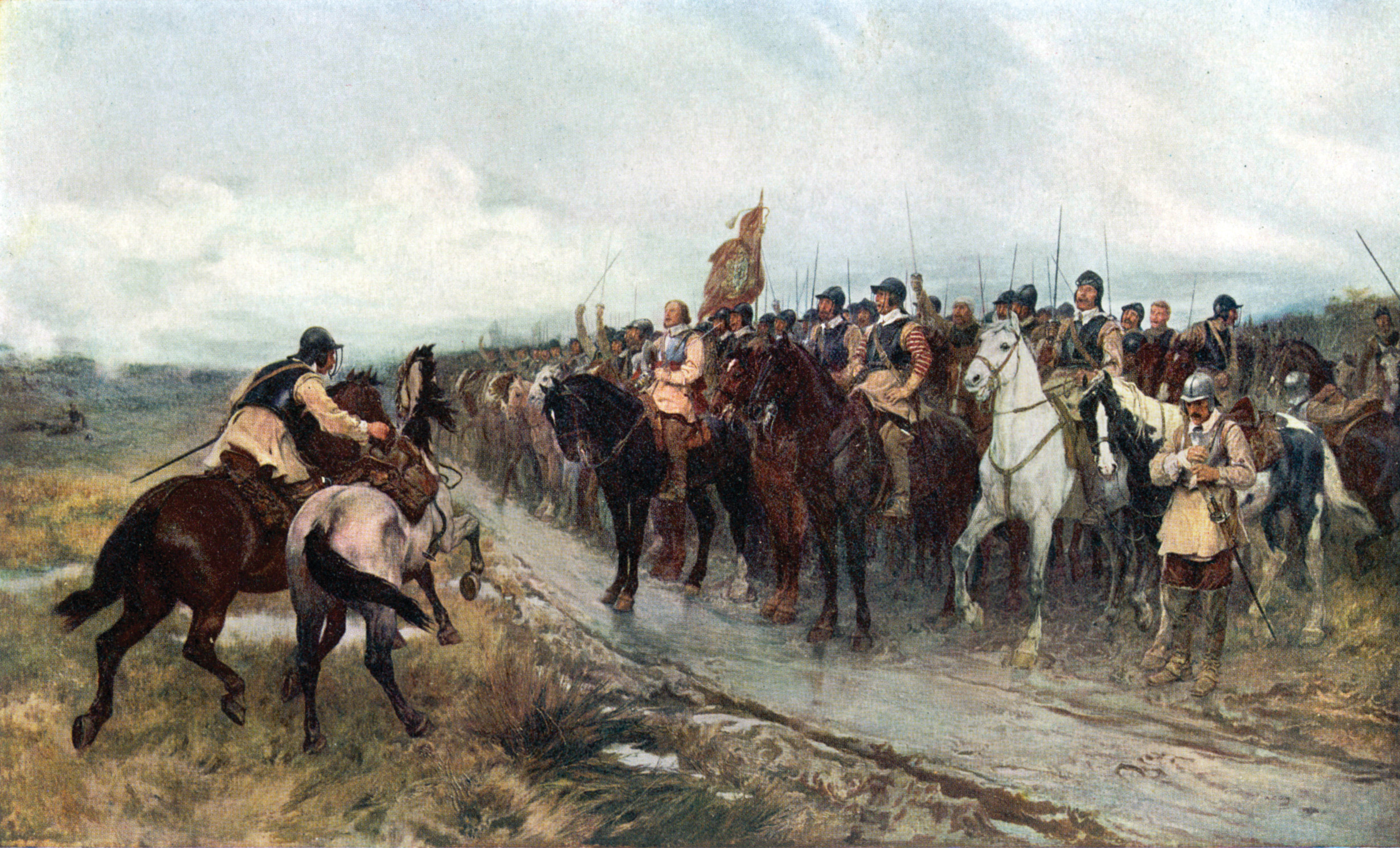
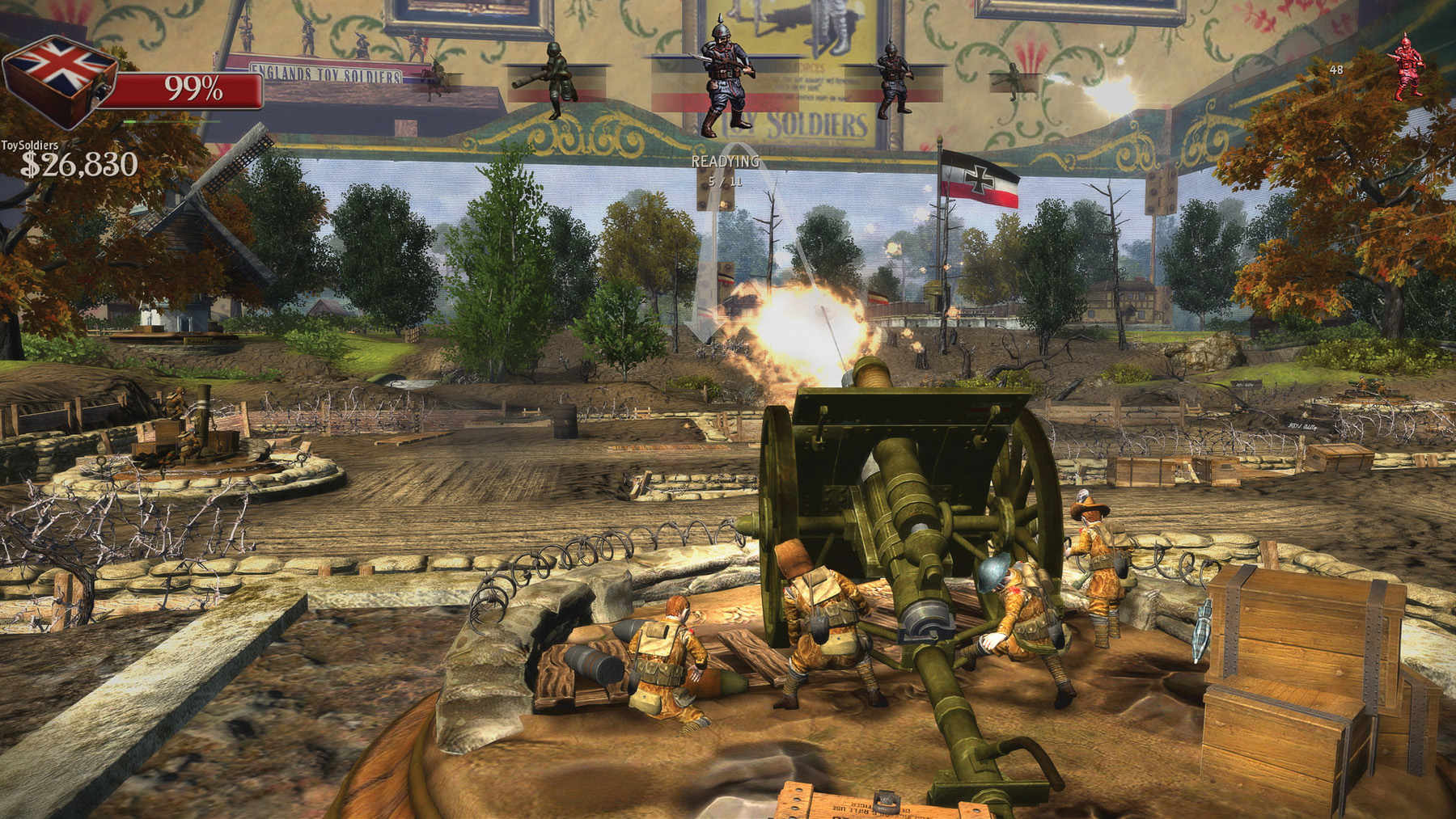
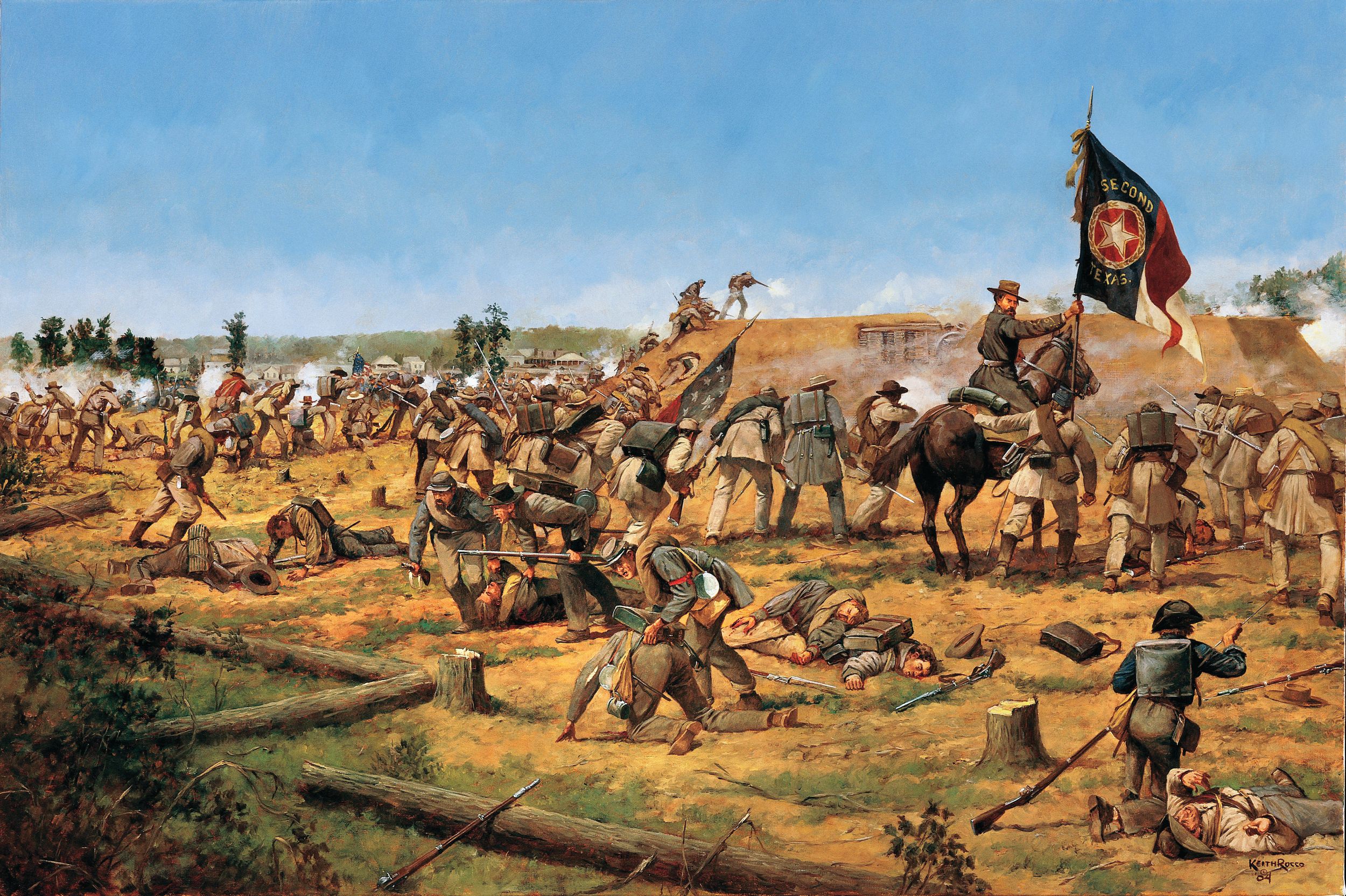
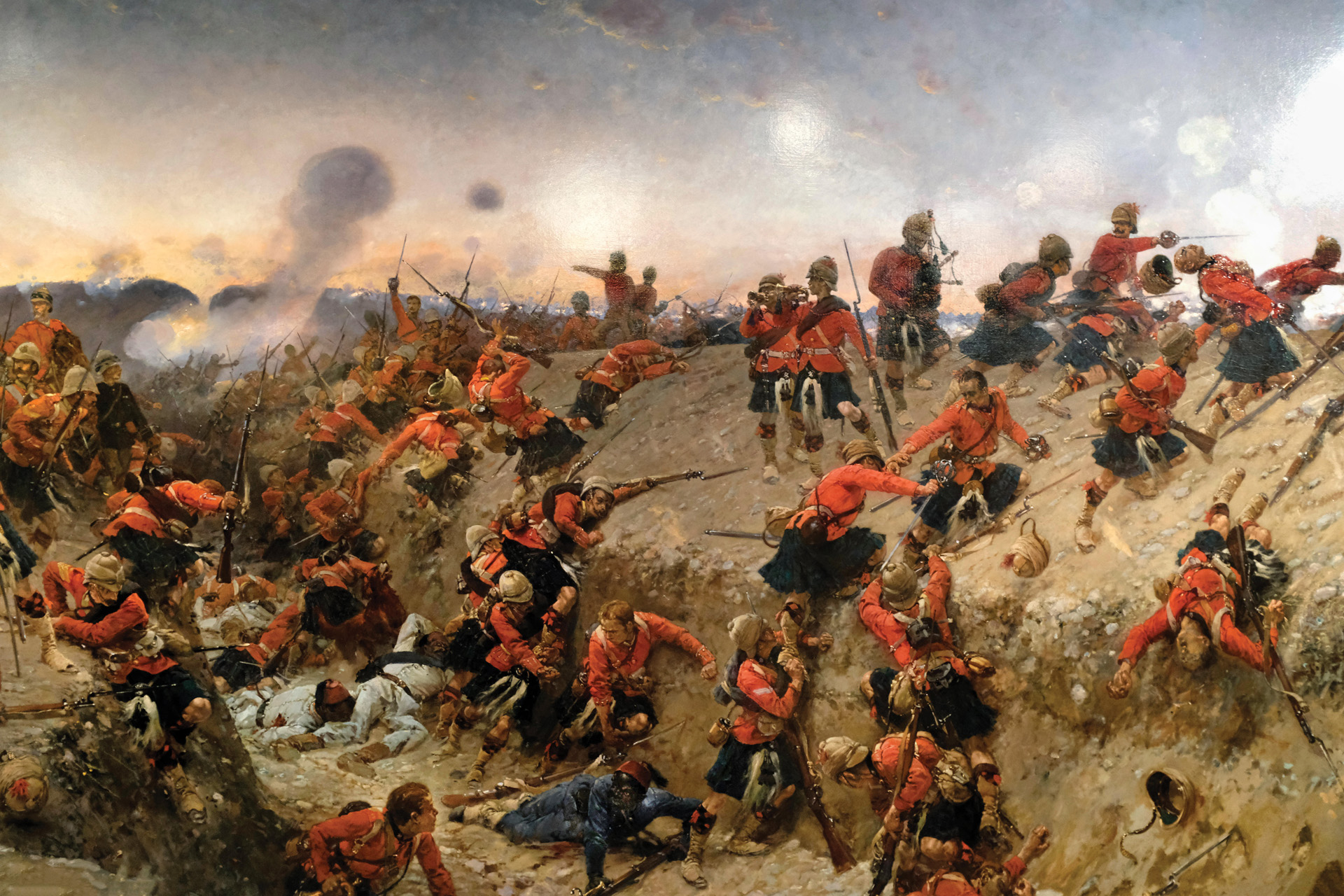
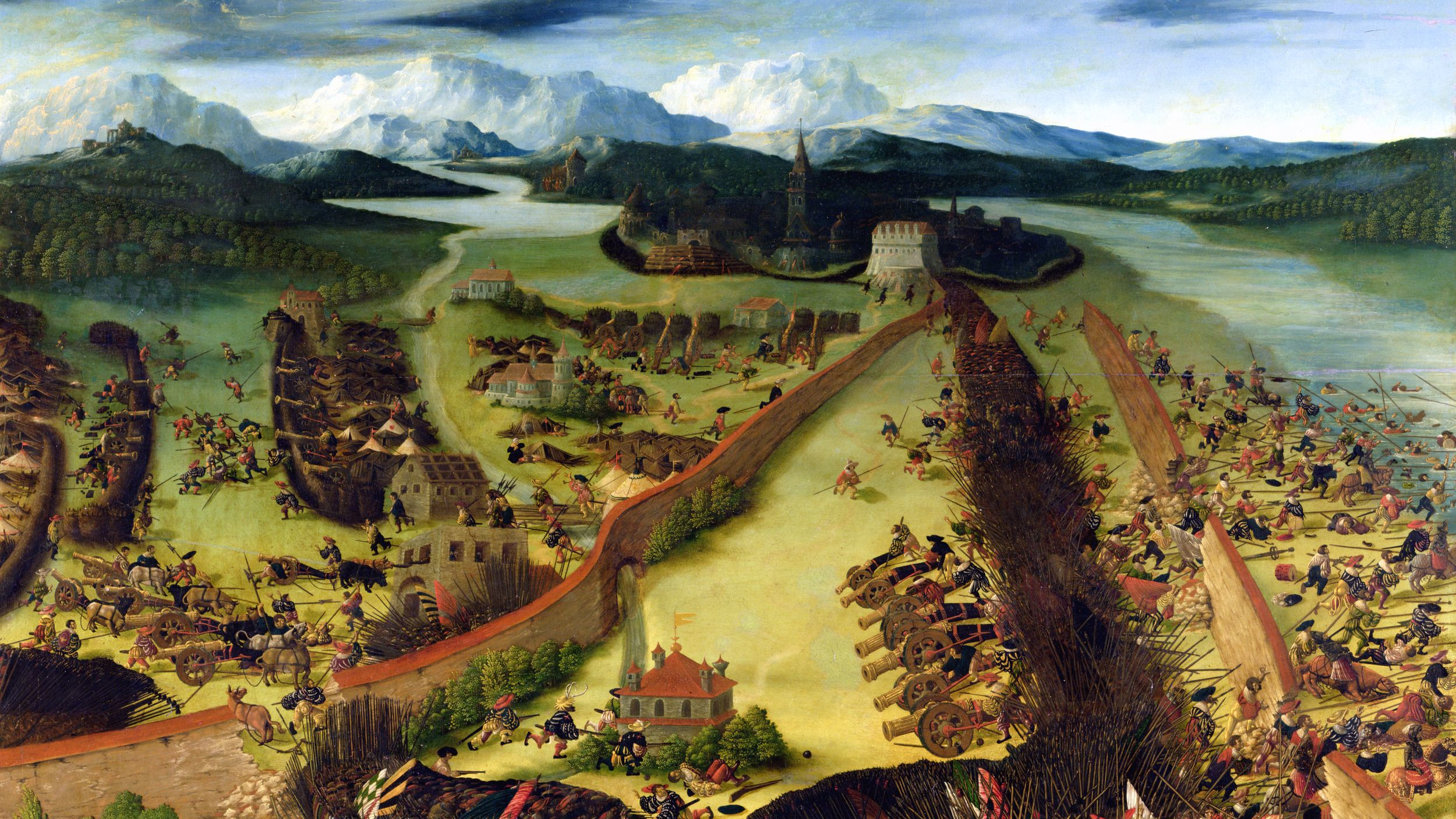
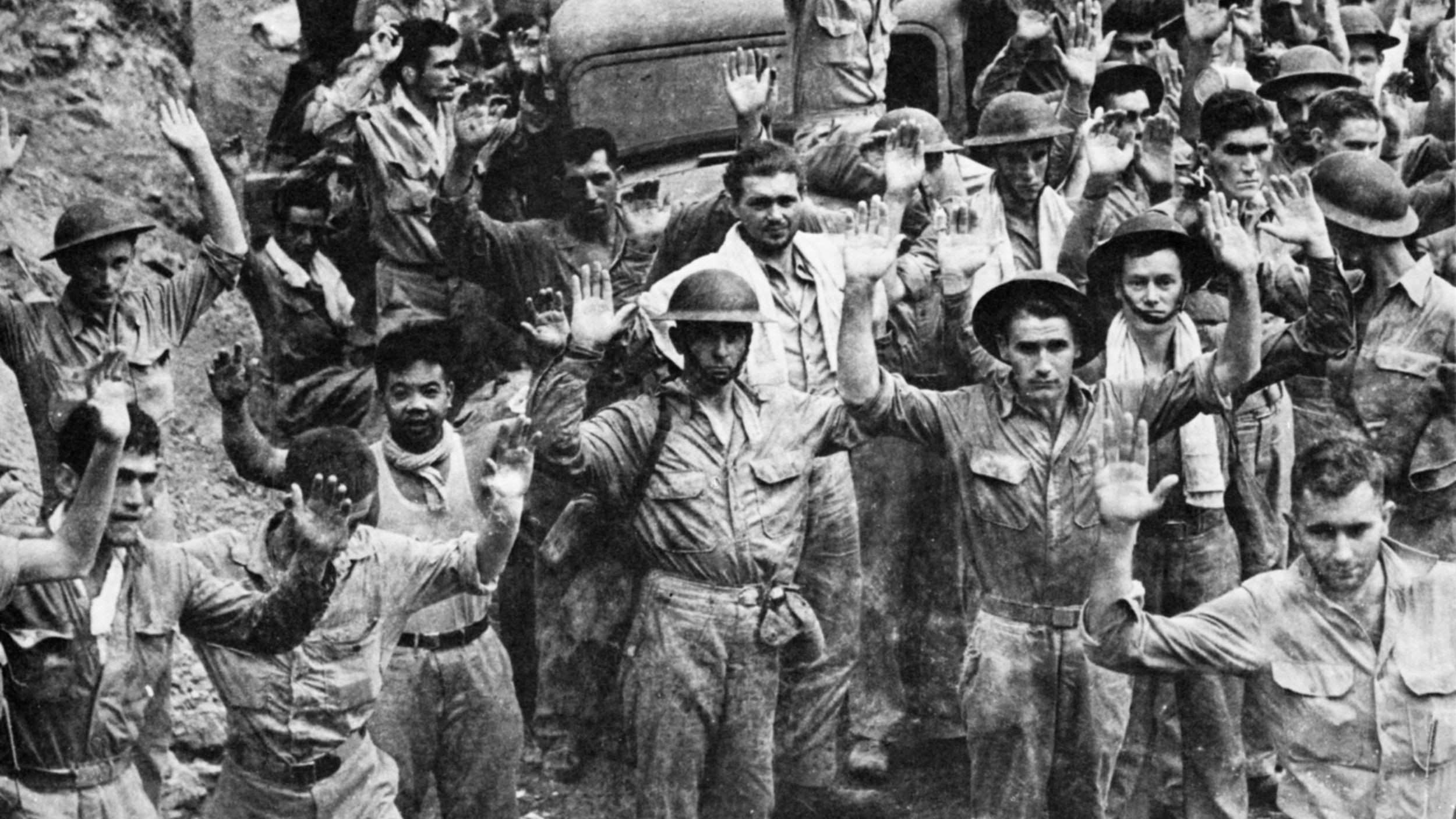
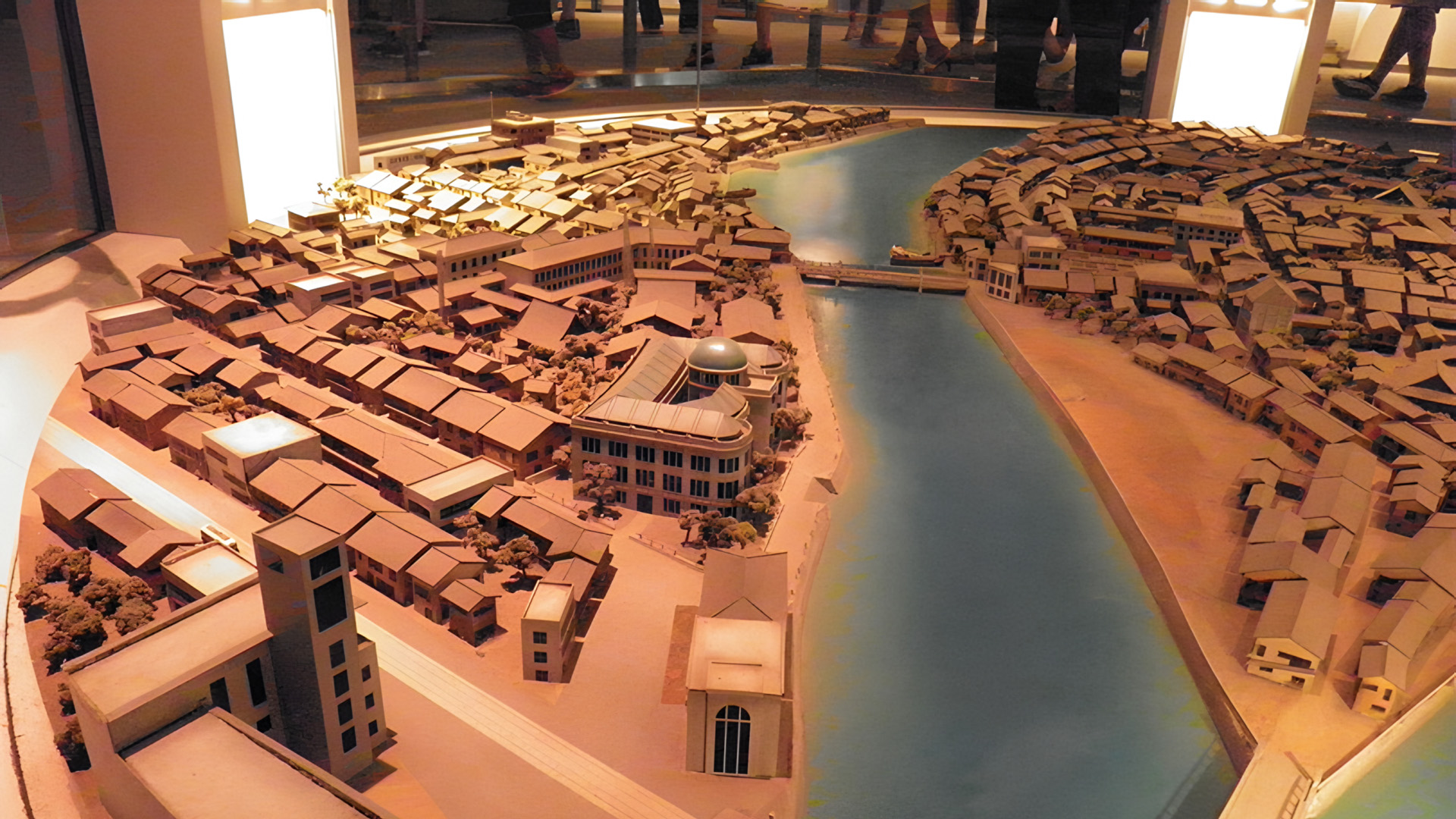
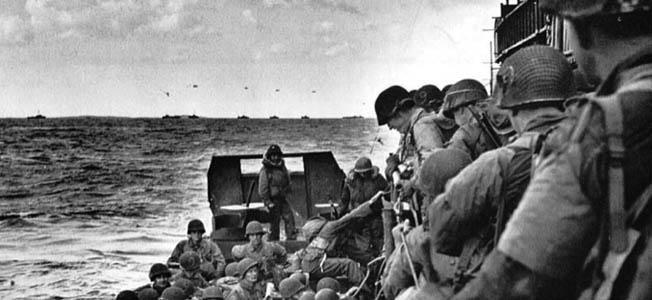
Join The Conversation
Comments
View All Comments